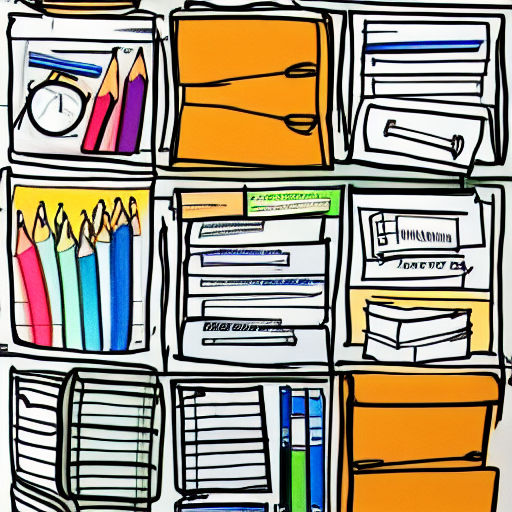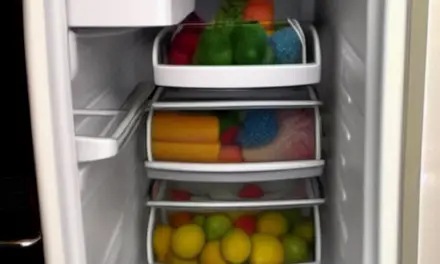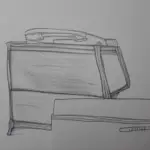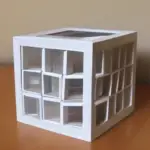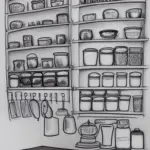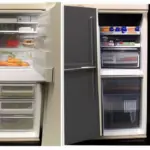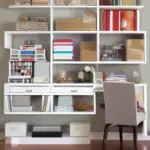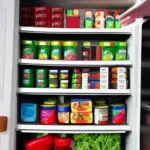Organizing your office is an important step in creating an efficient work space. De-cluttering, emptying, shredding, and removing items that haven’t been used for a long time are key to a clutter-free space. This includes items such as decorations, plants, and knick-knacks.
Organizing your desk
Organizing your desk in your office begins by purging it of the clutter. You need to ask yourself if you truly need a certain item and, if you do not, throw it out. Keep only the essentials and discard the rest. This process will leave your desk looking less cluttered and calmer.
Organizing your desk is about minimizing the distractions and increasing your productivity. Many people prefer a left-to-right setup, with incoming items on the left side and outgoing items on the right. However, you might need to experiment with different arrangements until you find the one that works best for you.
Another important tip for organizing your desk in your office is to label everything. Labelling your workspace is important if you want others to find something. Organizing your desk in this way helps you keep track of your files and your workspace. It will also help you save time. As you organize your workspace, keep in mind that it should be easy to access the items that you need.
Getting rid of clutter is important because it will distract you from your work. A cluttered desk can also make you feel stressed and overwhelmed. Keep your desk free of clutter by placing your recycle bin and trashcan close by. Also, keep important notes organized in a drawer. Alternatively, scan them into your computer.
Having a clean, organized workspace will improve your productivity, which is essential for success in the business world. It reduces the visual distractions and creates a positive mental energy that will eventually spill over into your daily duties. Even if you don’t have a designated workspace, you can create a makeshift one in a spare corner or cubicle.
Organizing your filing cabinet
Organizing your filing cabinet in your office requires several steps. First, you need to purchase a filing cabinet. Next, you need to assemble all of its components. This includes file folders, hanging folder tabs, and a pen or marker. You can also use a label maker. You might already have some supplies.
You need to identify which files are frequently accessed. These should be kept in an accessible area. It is also important to prioritize the files. This is important when filing important documents. If you frequently go through the same files, you can separate them into separate files. Alternatively, you can create a separate filing cabinet for special documents.
Organizing your filing cabinet in your office is an excellent way to save space and improve your productivity. It is important to set up a system and label all of the files. Once you have sorted the files, you can use color coding systems to make it easier to find them. This will also prevent you from misplacing files or losing them.
Once you have properly labeled all of your files, the next step in organizing your filing cabinet is to sort them. Folders should be arranged alphabetically, beginning with the last name, and moving upwards. Moreover, you should also consider buying a series of large hanging file folders to organize different types of files. For example, you may have separate files for your employees, your customers, and individual suppliers. Also, you may have a series of files for signing contracts with suppliers.
File names should be descriptive of the contents of the files. While it may seem humorous now to name the files cleverly, it could make them incomprehensible to you in the future. Besides, it is important to consider the size of your office before investing in a filing cabinet.
Organizing your files by date or by name can make it easier to identify documents quickly. When organizing your files, you can also create subcategories based on dates, names, and document types. Once you have the subcategories set up, you can easily find the documents you need.
Organizing your desk with post-it notes
Post-it notes are an easy and convenient way to jot down important information. They come in a variety of colors and styles and stick to nearly any surface. Unfortunately, the notes can quickly become a mess and make your desk look disorganized. In addition, they don’t fit into an IT infrastructure and are unconnected to other data systems, making them a poor choice for an organized desk.
Another option for organizing your desk is to use Post-it Notes to group tasks. You can also place the notes inside manila file folders to keep them organized. Another option is to color code the sticky notes. For example, if you’re tackling an important project, you could write down the tasks you need to complete.
If you use sticky notes on your desk, you should only use them to organize important tasks. Keep the sticky edge away from your monitor so that they won’t fall and make your desk look cluttered. Sticky notes should only be used for last-minute tasks or important reminders. Never use them as a to-do list.

